From visual to ethical storytelling
Those of you who follow Fairpicture's work closely might have participated in one of our #FairTalk events. Introduced in 2022, this information webinar series is designed to present the most important topics of our customers and provide a virtual stage for our visual creator community. For us employees of Fairpicture it is a great way to reflect on where we currently are and where we are heading towards. I had the privilege of planning and hosting two of those FairTalks. This blog is a synthesis of both events, each centred around the theme of storytelling. It starts with an introduction on the core elements of visual communication and, building on that, it continues with a definition and meaning of ethical storytelling at Fairpicture. So let's start!
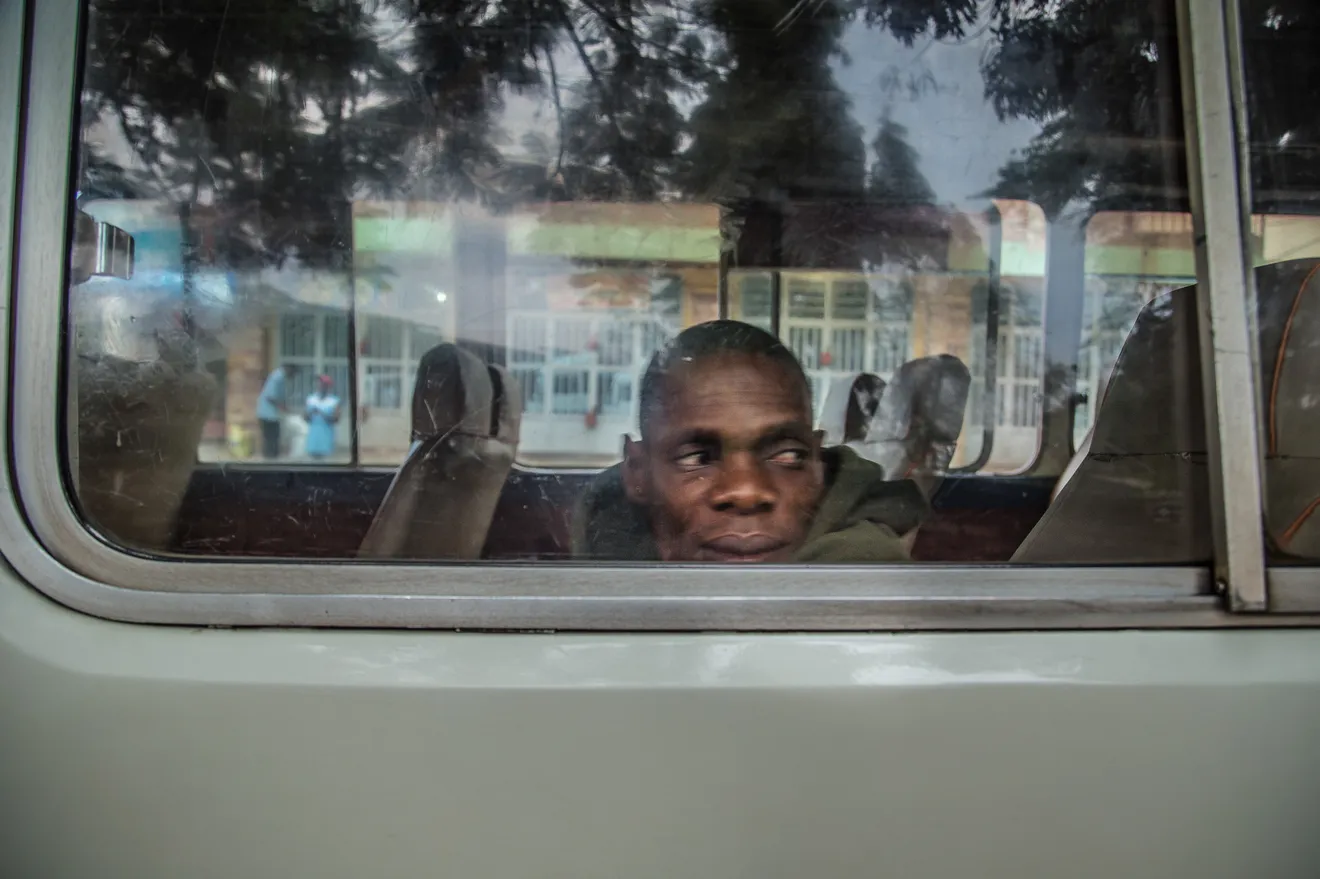
© Fabrice Mbonankira, «DIO», 2019
Visuals are more important than ever
It is difficult to imagine our work without visuals. Audiences and stakeholders always look at the photo of an article first. A story, a publication – yes, even an entire organisation is largely defined by its visual language. Why? Because the human brain processes visual information much faster than written text. Visual stories keep audiences engaged and help break up walls of text.
Visuals should capture the audience and lead them to a text, video or podcast – it is not without reason that the term ‘eye-catchers’ exists. The photo has long since established itself as the most effective lure. At the same time, little importance is attached to visuals beyond this role. All too often there is a lack of appreciation for what good visual material is capable of. No matter where you look in the German-language NGO or impact companies landscape: Almost everywhere visuals are used as accessories or filler material. The goal of every visual department should be a visual signature that focuses on recognition value instead of arbitrariness. Easier said than done.
Especially in day-to-day business and with many freelance photographers to coordinate, time is often short. A concrete project brief or detailed brainstorming session aimed at doing things differently remains the exception. It is something we encourage and support our clients to do. Certainly, the type of visual creator you commission with a story plays an important role as well.
Those who demonstrate initiative are ahead of the game
We at Fairpicture guarantee that our visual creators are masters of their craft. They all have the necessary know-how in image design and editing. What has been missing in the visual language and communication of many NGOs is the courage to dare to do something new visually, to get inspired by other areas and experiment with different techniques, motives or perspectives. Experience has shown that those who demonstrate initiative and interest are ahead of the game.
Of course, such change in the visual language does not happen overnight, but without a start, unfortunately, everything remains as it is. And to start, one needs to have some knowledge about what makes good pictures. What are the elements or aspects we should pay attention to in order to describe the power of expressive pictures and photos?
The 5 most important aspects of visual storytelling
I would like to share with you the 5 most important aspects photographers or somebody who commissions visual stories can play with in visual storytelling.
- Format
Photojournalism takes place almost exclusively in landscape format. Firstly, because it corresponds to our natural perspective, and secondly, because magazines are almost exclusively based on landscape-format layouts. Our viewing habits, however, are increasingly trimmed to a vertical 16:9 format by smartphones, whereas images in square format are becoming more and more familiar through Instagram. Photographer Pieter Ten Hoopen proved that unusual choices in image format can support the visual storytelling of a story. He took his route "the Migrant Caravan" as square photos – which might have been another reason for him to be honoured at the World Press Photo Awards 2019. - Motive
For photographers, it's great to be able to think outside the box. The possibilities for selecting motifs are endless and usually arise unexpectedly. The aim should be that the viewer quickly understands the individual elements of the photo, but can only decipher the connections and the actual message of it at second or third glance. After all, photos that inform and entertain the viewer are the best motivation to read an article. - Colours
Colours usually only come into the photo in post-processing. But even with classic colour filters in front of the lamps or the lens, artistic effects can be achieved during the shoot. They support the visual storytelling and can give a series a uniform look.
The last two aspects I would like to explore via a story of the Fairpicture photographer Fabrice Mbonankira from Burundi and his images of the daily life of Dieudonné, created in 2019.
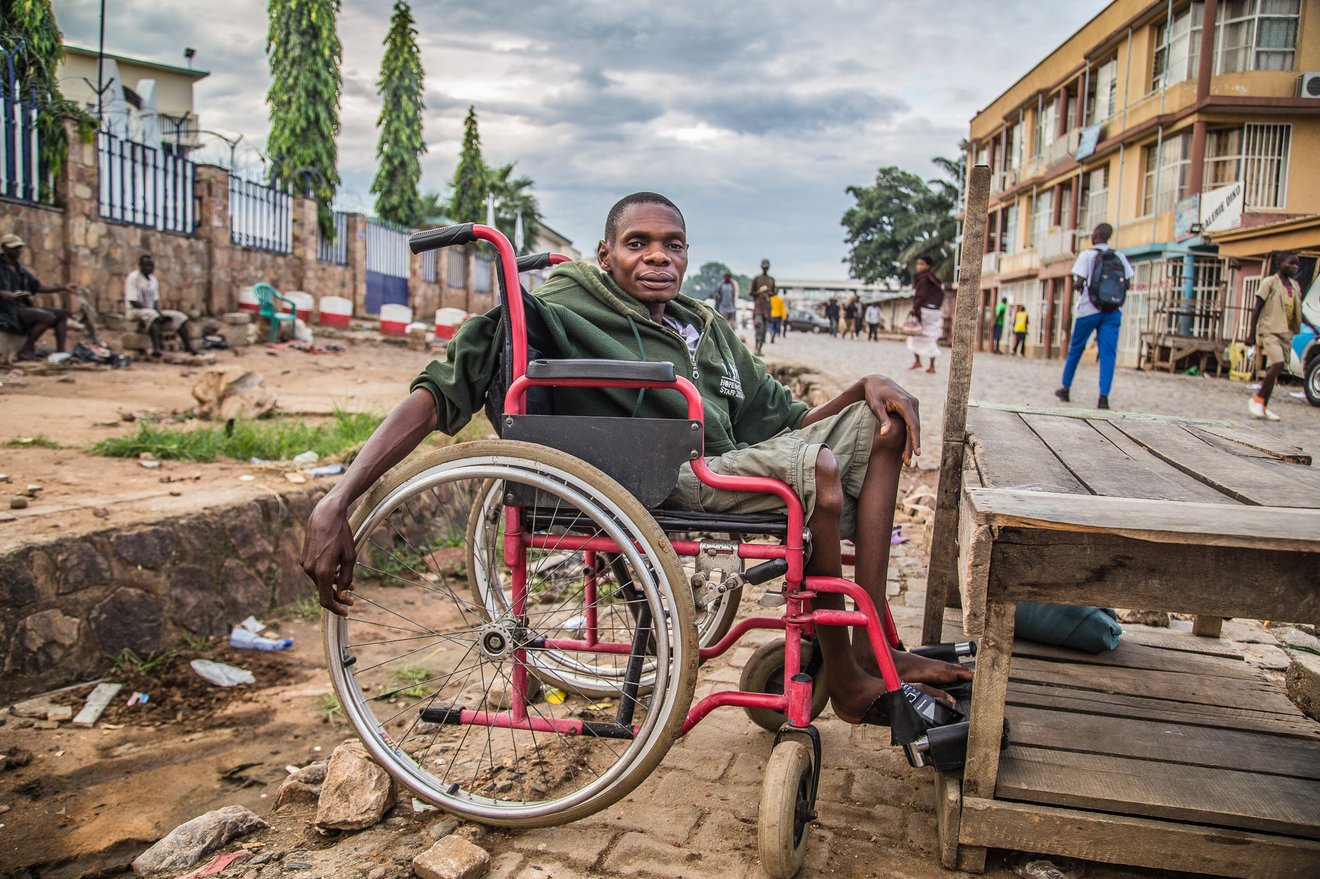
Dieudonné is a 36-year-old man living in Bujumbura, Burundi. He’s been married since 2004 and is the father of four children. He gave up begging in 2007 in order to earn a living.
© Fabrice Mbonankira, «DIO», 2019
The majority of Fabrice’s work was spent communicating to gain Dieudonnés confidence to open his heart and the door of his family home to him. To get there it took Fabrice over four intense days of conversations, explanations of the intentions of the project and its aim. What was needed was to create real familiarity between him and „Dio” until a friendship was born – that continues until today. This is just some background to better explain the last two aspects.
- Composition
What do we see in the photo above? Downtown Bujumbura and Dieudonné – his stand, where he sells food and other products. This is his usual environment. We see many details. The photo composition was chosen that way to convey a lot of information. Thus, despite its many details, the composition appears visually calm. Through composition, we can make our audience look at a photo in a certain way. We are able to build tension, to target focus, but also to visually create calm. - Perspective
For many, perspective is one of the most important design elements in the visualisation of an article. And something that photographers – apart from technical aspects such as focal length, aperture or shutter speed – can influence themselves. Below you can see Dieudonné’s line of vision and the observed situation. It corresponds to his own view of the street. As a viewer of the photo, you can literally feel how he moves with his wheelchair between these large buses.
Now we are going to dig a bit deeper into the core of Fairpicture. As our company name claims, we try to do visual communication in a fair manner. And when we talk about fairness, we pretty soon end up with the term „ethical“. Fair, ethical – what do those terms mean with regard to storytelling? When is a story fair or ethically “correct”?
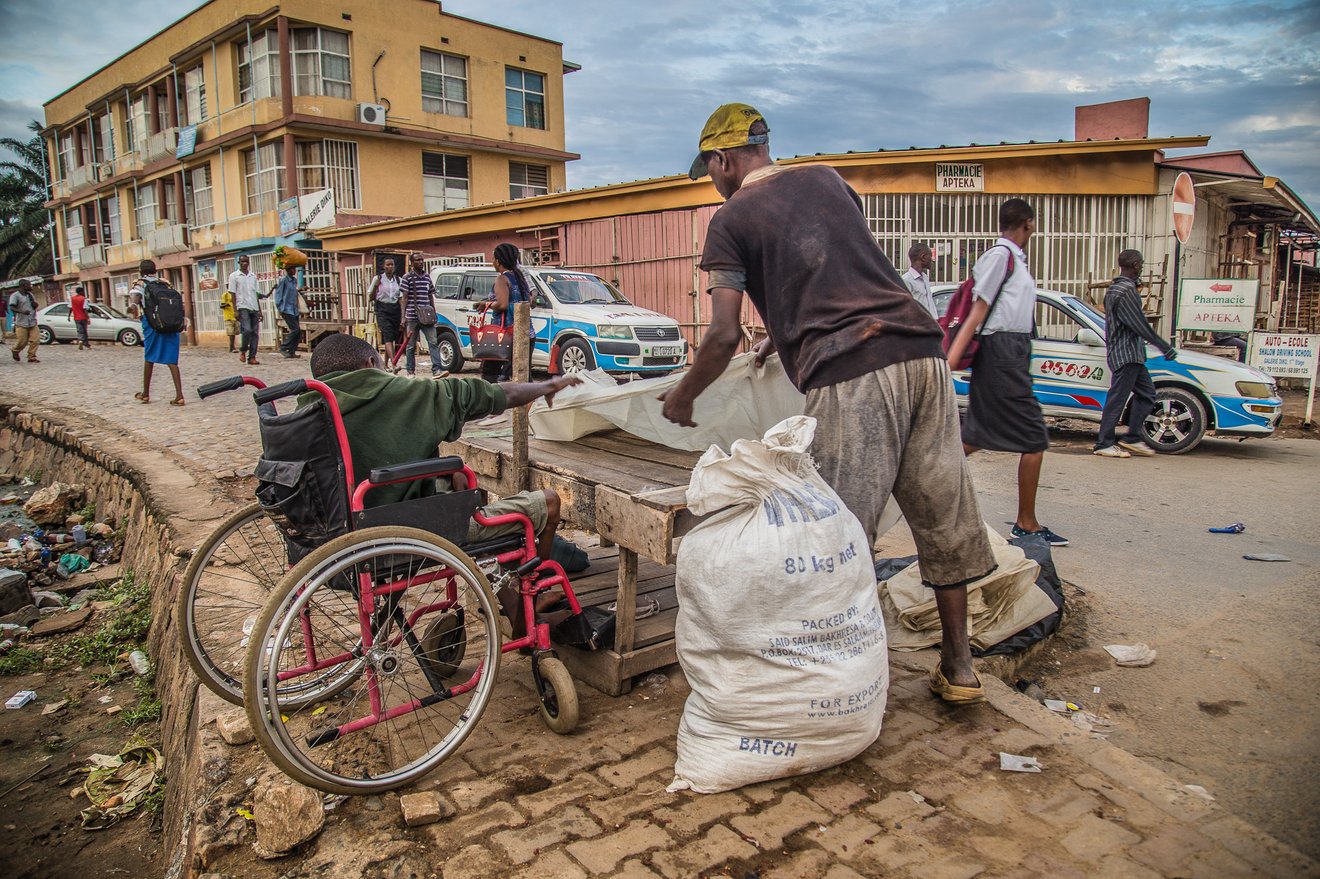
© Fabrice Mbonankira, «DIO», 2019
Ethical storytelling – more than a buzzword
Although the term „ethical storytelling“ is pretty well discussed and a buzzword within our communities, I guess each person would come up with a different definition for it. But let’s give it a try and look what Google says:
Ethical storytelling is the practice of honouring ourselves and others when sharing narratives. It is the practice of recognising that stories are beautiful, powerful representations of self and that no one has just a single story. We contain multitudes. We each have our own experiences, narratives, and complexity.
So, this is one definition. And it contains some of the values we share at Fairpicture. I also like „No-Wahala“‘s approach – an online magazine for authentic visual storytelling by African creators. They published an article about ethical storytelling and stated:
It is important to note that ethical storytelling is subjective, people’s thoughts on what is ethical and what isn’t may differ based on the context and circumstances of the situation. […]
There you go. Ethical storytelling depends on context, circumstances and the individual perspectives we all have due to our different societies and backgrounds. I think this is something we have to bear in mind. Something we can all agree on. At the same time, we at Fairpicture believe that there are some universal ideas on the fundamentals of what makes visual material ethical.
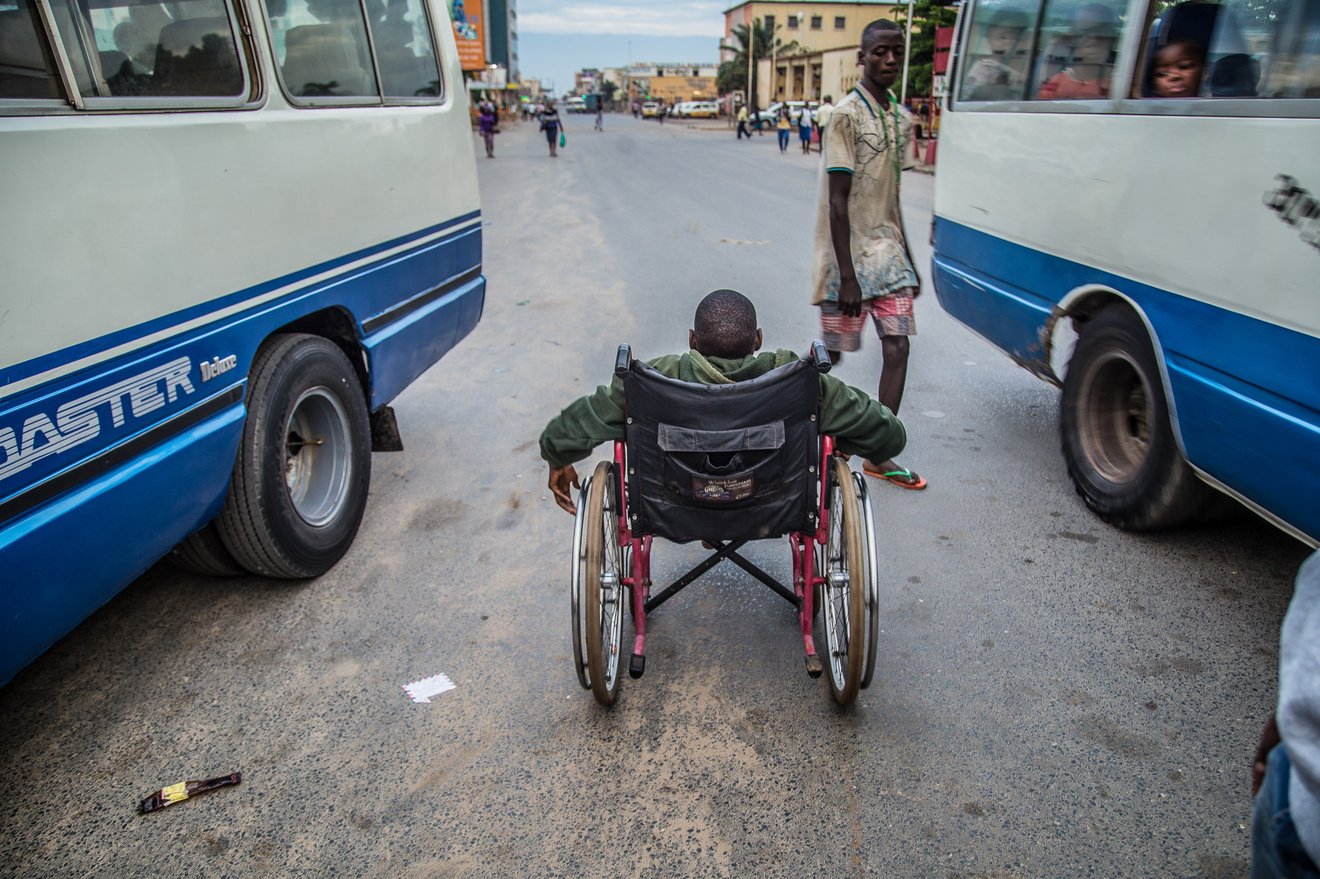
© Fabrice Mbonankira, «DIO», 2019
The 3 Rs at Fairpicture
After a lot of research and consulting work we did, e.g. for the German Agency for International Cooperation (GIZ) or the Swiss Agency for Development and Cooperation (SDC) we came up with the following three terms:
- Relationships
- Rights
- Representation
We call them the 3 Rs, which include almost all of our ideas and became part of our “Theory of change”. I would like to explain what we mean with those three terms and share one example each from our latest assignments we executed with visual creators and clients in 2022.
Relationships
When we talk about relationships, we acknowledge the fact that we are all embedded in different power relations on many levels: globally and within our society. This structures our access to resources, information and opportunities.
And the visual industry is not a neutral field, but quite the contrary when it comes to the access to jobs and resources, which are unequally spread across the globe and within societies.
In the global context, Western visual creators have dominated storytelling about people from the Global South for a very long time. They were the ones with privileged access to resources and assignments. That’s why one objective of Fairpicture is to create opportunities and work with local visual creators from the Global South whenever possible.
All those points mentioned mean that we are moving within a field that is highly impacted by owner relations. To counteract unequal power relations, we have to be aware of them and do something against them.
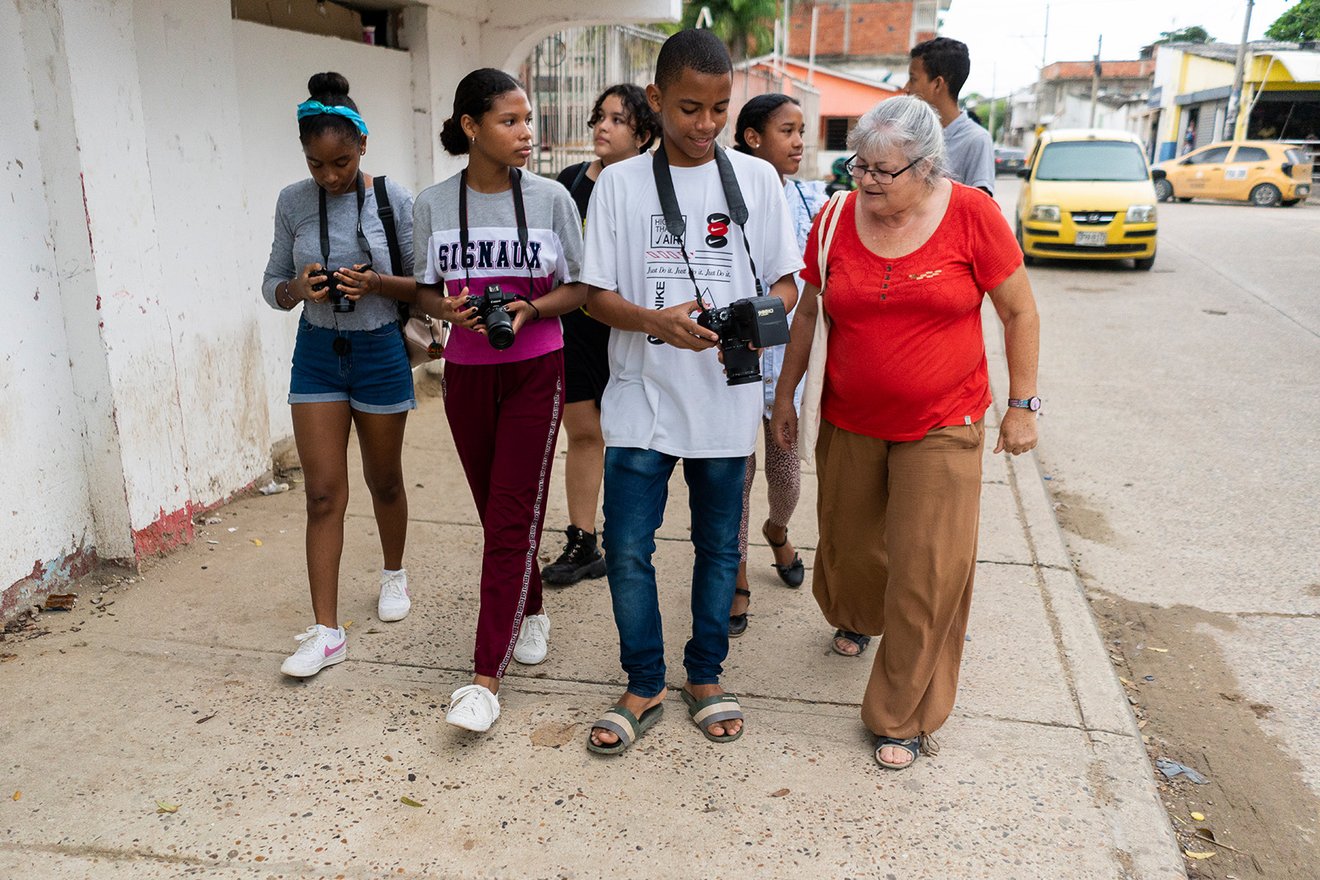
62-year-old volunteer Susane Meitz during a field trip to one of their photography workshops around the headquarters of the Madre Herlina Foundation in Pasacaballos, Bolivar (Colombia).
Photo: Cartagena, Colombia, 2022 | Charlie Cordero / WeltWegWeiser / Fairpicture
Rights
As we learned above, for a long time it wasn’t local visual creators from disadvantaged and marginalised groups who told us the stories of their countries and people – nor have the people depicted owned their personal story.
The perspectives of the people depicted were not included in the stories about them. Often they didn’t even know where their visuals were published – and in many cases they still don’t know. That means that they are not taken seriously as actors in storytelling. They were oftentimes only illustrations that were used by more powerful actors, such as institutions. But what does it mean to take them seriously? It means seeing them not only as „beneficiaries“ or „objects“ in photographs, but as rights-holders who have clear rights when it comes to their photographs.
People in photos and videos have the right to decide whether they want to be depicted or not.
They have the right to withdraw their consent.
They have the right to know what will happen with their photos and videos.
They have the right to be protected from harm.
They have the right that their data will be protected.
and they have the right to be actors in their own stories.
Writing this last sentence – being actors in their own story – a quote from another assignment pops up in my mind:
For the families participating in the reportage, it was an opportunity to act as protagonists of their own story.
Maria Muj, Project member, Guatemala
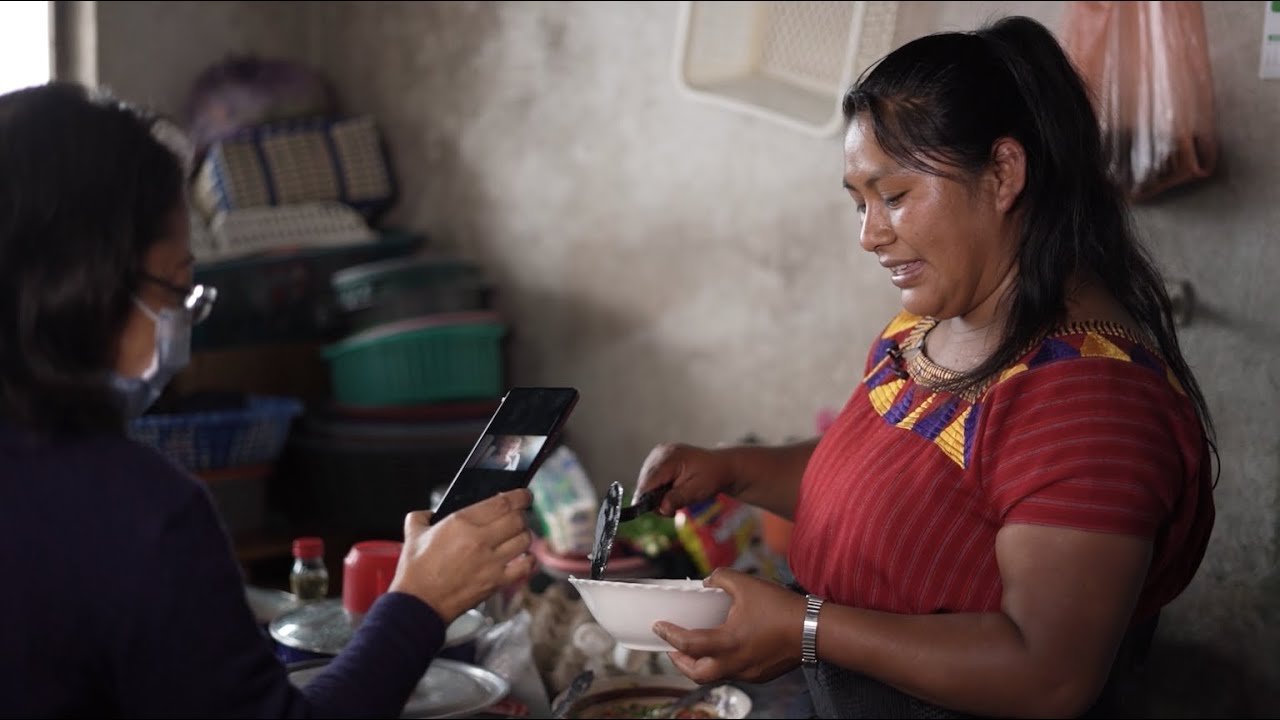
For a reporting project with a new semi-virtual production approach, Vivamos Mejor, a Swiss aid organisation partnered with Fairpicture and local visual creator Morena Pérez Joachin.
Instead of flying from Europe to Guatemala, journalist Hanspeter Bundi interviewed the project beneficiaries like Graciela Chumil García via video call. Visual creator Morena accompanied them and not only created the images and videos for the report, but also documented this new way of working.
Photo: Morena Pérez Joachin / Vivamos Mejor / Fairpicture
Representation
Every image that we create stands in connection to images created before. People from different groups and regions have historically been represented in different ways: disadvantaged, marginalised, and oppressed groups have largely been underrepresented. We and many of you are working in fields where this has been particularly strong: The development and humanitarian fields have relied heavily on problematic imagery. At the same time visuals have been crucial for documenting problematic situations and making visible the humanness of victims of violence, for example. And this is the interesting, crucial point for ethical storytelling: showing problems of the world without dehumanising those affected by them, without promoting stereotypes, without romanticising.
One strategy is linked to our first term (relationships) and a key element is diversifying the visual industry. For us this means: working with local visual creators whenever possible.
This does not automatically mean that people from a particular context will create “better” visual material. However, diversification brings in different perspectives, always. Another important aspect for Fairpicture is the agency of those depicted: people from disadvantaged groups have not had the chance to tell their stories themselves for a long time. Their stories have been used and abused. Powerful people have told their stories, often in ways that did not reflect their experiences and realities.
But reality is complex and there is not only one perspective or interpretation. That is also why we speak of „truthful“ representation instead of „true“ representation. What is meant is a representation that gives justice to the people depicted and offers a variety of understandings. A representation that centres the dignity of those depicted and shows them as complex human beings. But also a representation that provides necessary background information to viewers who might not be familiar with the given context.
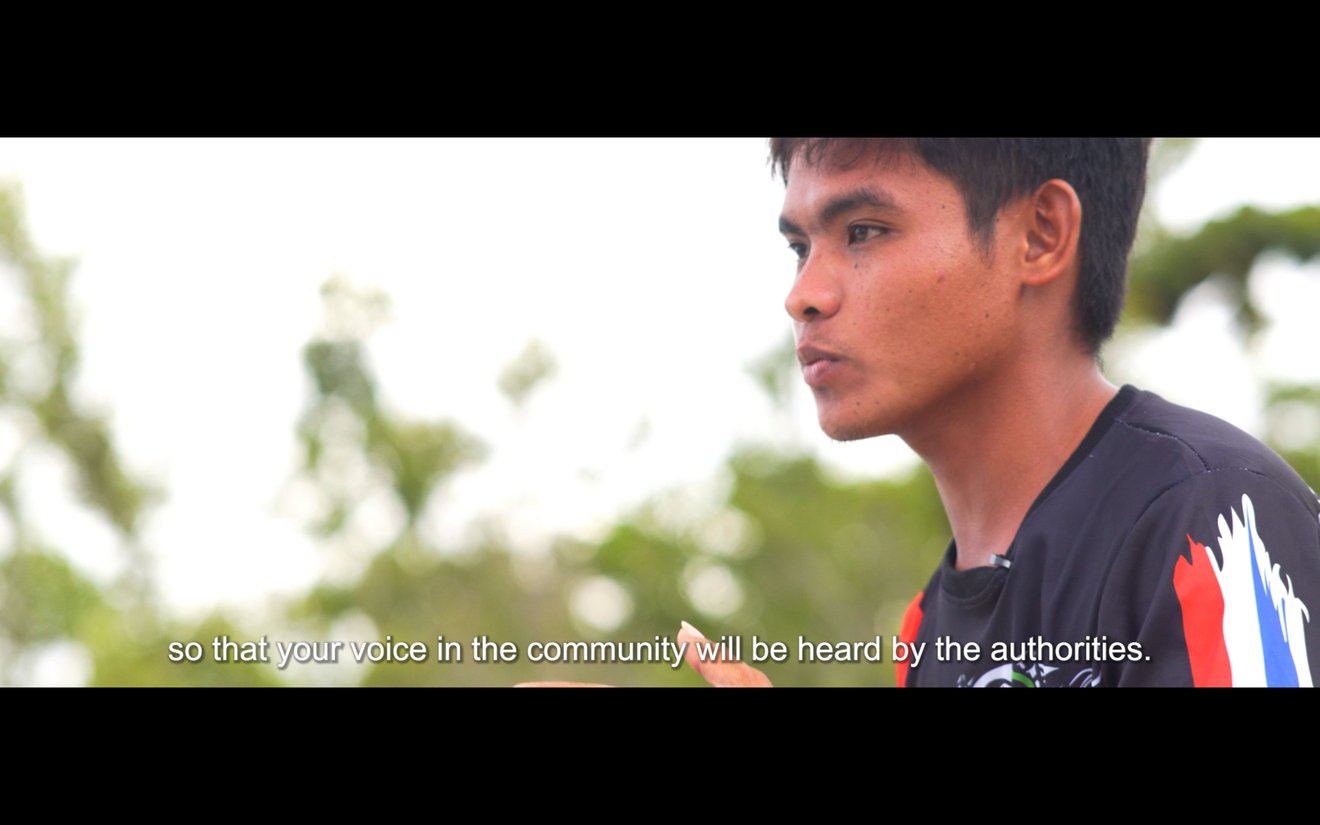
Featuring local participants and filmed by local cinematographers, a eight-minute film demonstrates the impact of Loop's technology on two very different communities in crisis.
Visual creators Philippines: Alecs Ongcal and Jason Trinidad
Visual creators Somalia: Faaris Adam and Ismail Abdihakim
Producer: Patrick Kohl
What’s next, AI?
If you would like to delve deeper into the topic of ethical viewpoints in storytelling, I recommend the latest blog articles by my two colleagues: Miša Krenčeyová on the question why representation is not reality and one of our Co-Founders, Jörg Arnold, about decolonisation of visual communication.
Personally, I'm currently wondering what's next for us. If you look at the whole development around AI and artificially generated and subsequently processed visuals, it will obviously become more and more difficult for recipients to distinguish between what is real and what has been artificially created by an AI and a prompter. Perhaps we'll soon be seeing "3Rs+A" - with an "A" for "Authenticity". In any case, we will continue to monitor the development for you and research solutions with our cooperation partners, such as Numbers protocol, with whom we have just started a close partnership.
We want to ensure that our customers keep receiving ethical and authentic visual material. Fairpicture remains at the forefront of this development. That's for sure.
More from our blog
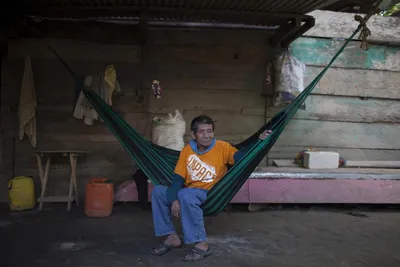
October 2021 - Jörg Arnold
Informed consent – The right to one’s own image
Informed Consent is essential to ensure the consent of the person photographed. Jörg Arnold writes on the right to one’s own image.
Learn more about Informed consent – The right to one’s own image
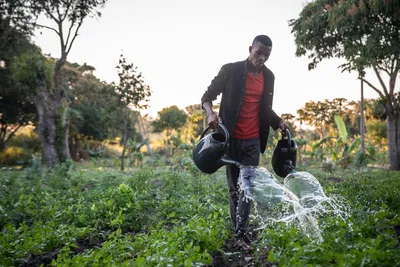
April 2025 - Jörg Arnold
Visual Communication on a Tight Budget
Why do so many communication, marketing and fundraising managers struggle to find budget for photography and video production, and why do we need to solve this?
Learn more about Visual Communication on a Tight Budget

February 2023 - Anne Nwakalor
Children are Not Props: Consent in the Global South
Anne Nwakalor explores the importance of consent within the context of the Global South – something which shouldn't be considered insignificant any longer.
Learn more about Children are Not Props: Consent in the Global South
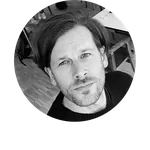 by
Daniel Caspari, July 2023
by
Daniel Caspari, July 2023